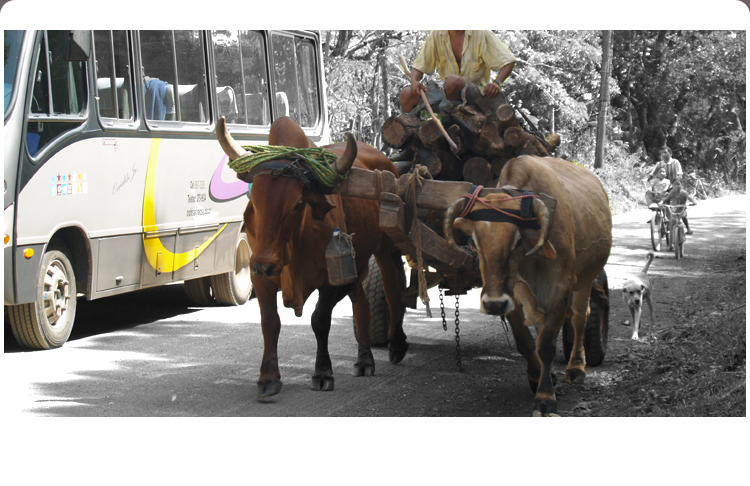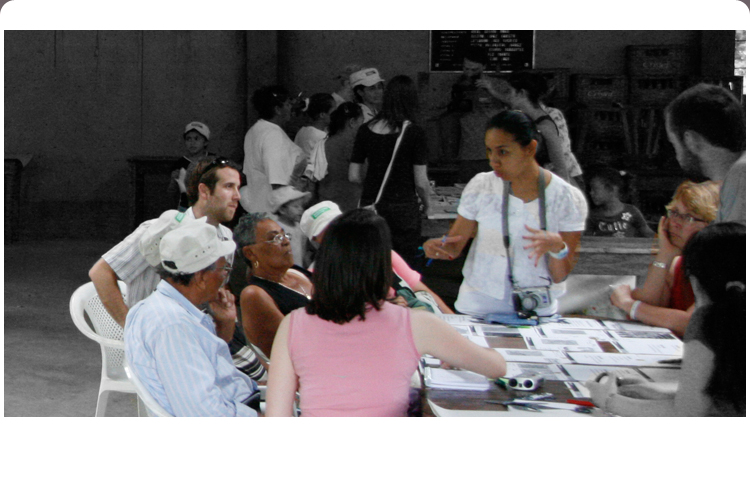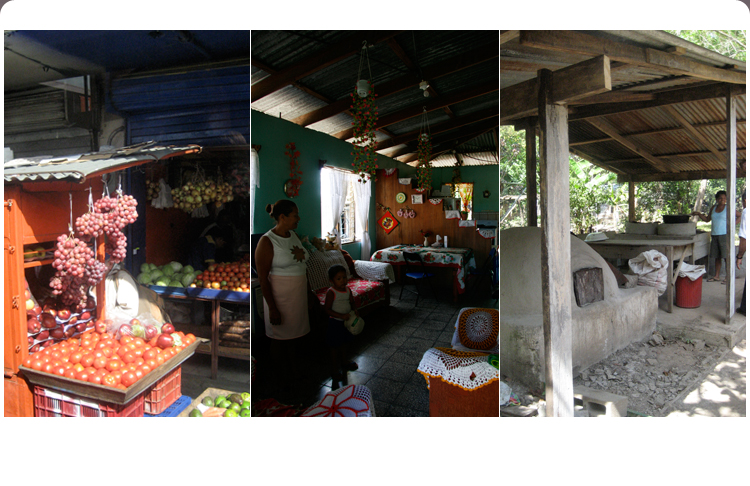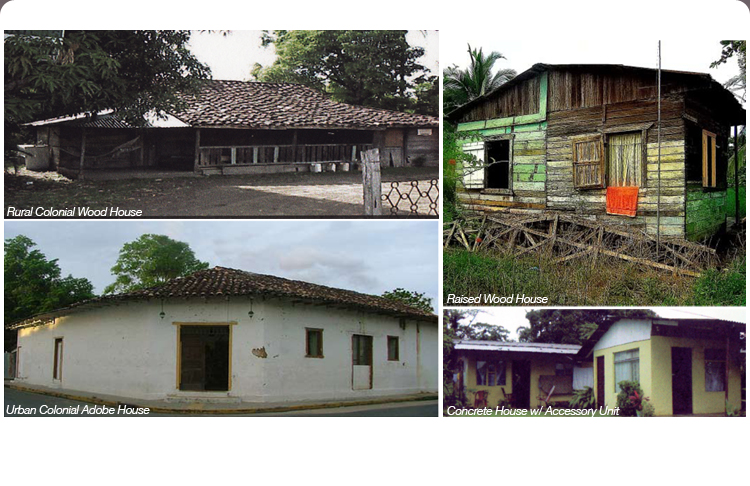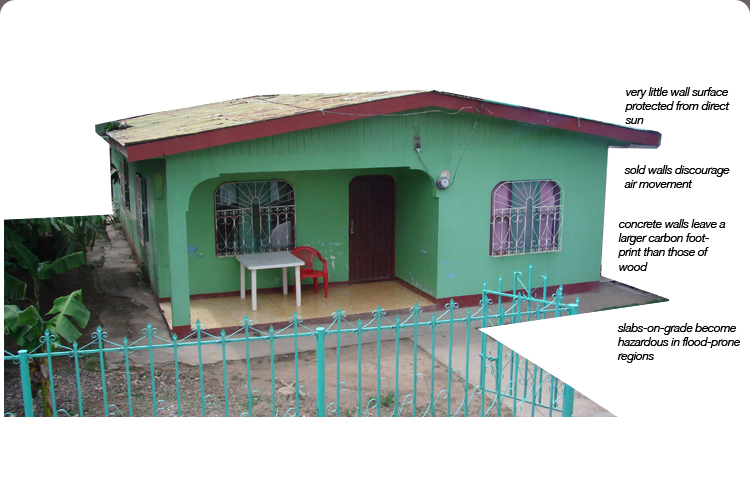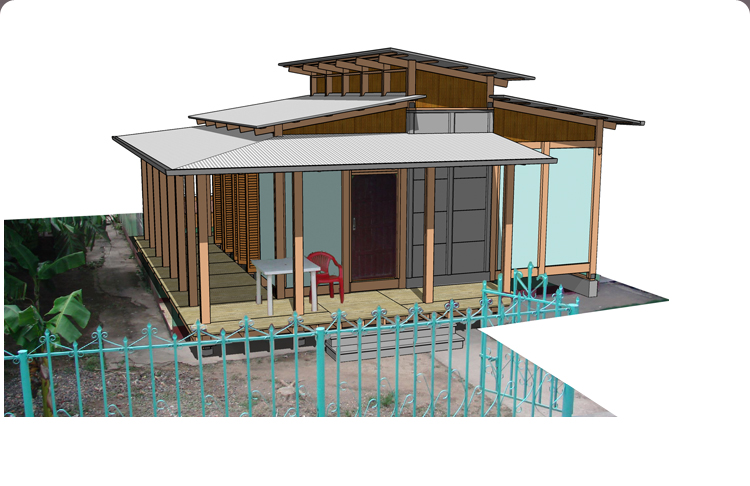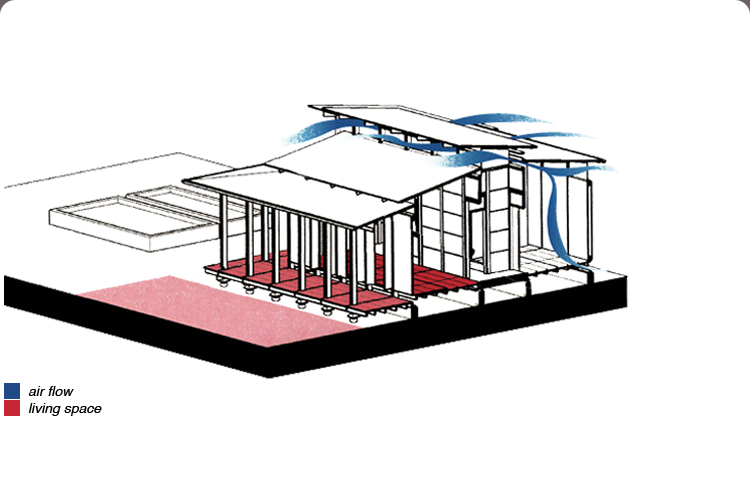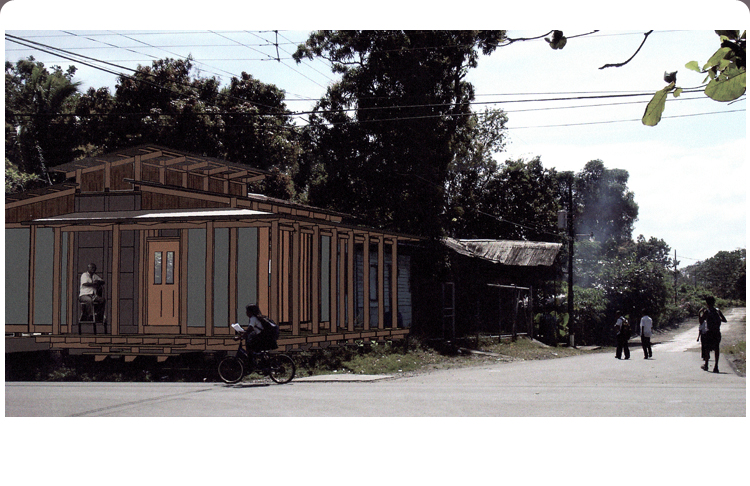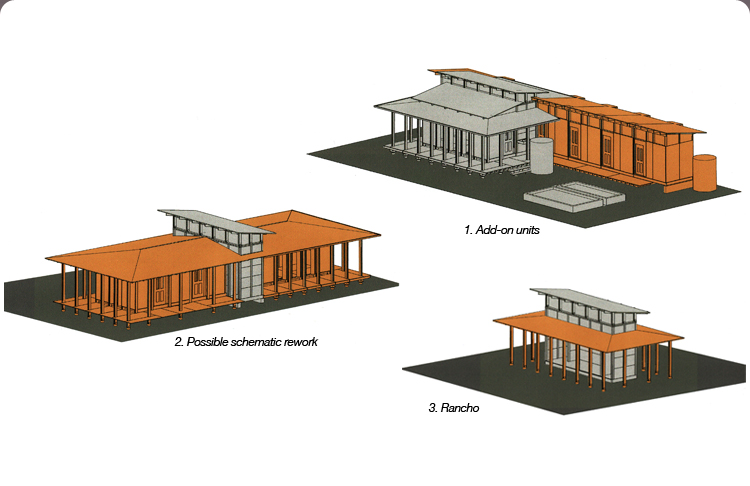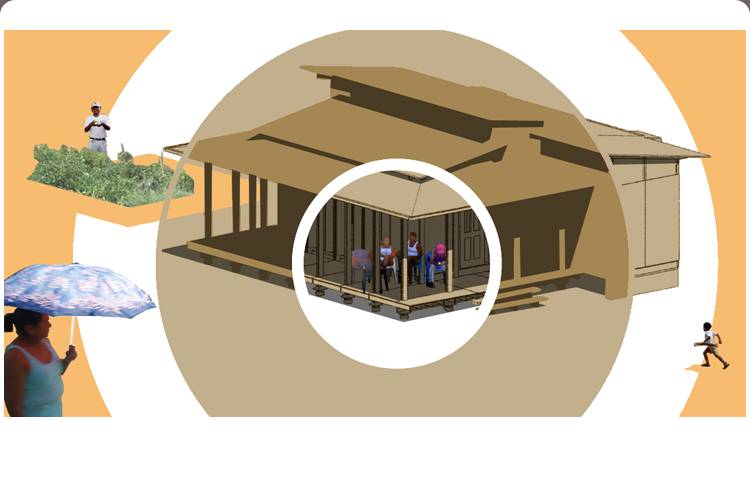The Costa Rican Ministries of Housing and Culture asked the Institute without Boundaries to develop a rural renewal plan for a Pacific community impacted by foreign development. One branch of the school’s response was a family housing unit that–should it meet criteria of social, economic and ecological sustainability within a 42-square-meter footprint–would be governmentally subsidized.
Costa Rica is a peculiar intersection of the global North and South. A relatively stable economy affords it a healthy relationship with foreign investors. However, growing concern is redirecting the conversation. Rural communities find themselves with a bad footing against assimilation, climatic shifts and loss of arable land and resources.
The Institute without Boudaries visited Costa Rica for a series of charrettes-brainstorms with university architecture students and members of the Pacific town of Matapalo-to isolate particular needs and appropriate solutions preserving and securing local wealth, health and identity in a globalizing world.
We saw a modest, content and active lifestyle of an open-air spirit. Houses are built in large part by their occupants or neighbors and boast supplemental outdoor amenities - mud ovens, woodfire cook pits and covered prep areas. The weather never gets too cool, though outdoor activity is limited in times of intense sun and seasonal rains.
Vernacular houses have changed with each succeeding wave of cultural exposure. Typical modifications to Spanish ranch houses included a three-pitched roof to dampen rainfall, however this detail is rarely translated to contemporary construction.
Houses today are mostly concrete block on slab-on-grade—materials readily available and easily handled by homeowners. Climate-appropriate design is not a priority. This typology becomes especially hazardous for regions that flood and anticipate increases in severe weather in the future.
The IwB proposes a reinterpretation of the Costa Rican contemporary vernacular better suited for social, economic and enviornmental cooperation.
The design utilizes local infrastructures through an iterative construction plan. The core is assembled from a local prefab concrete system, acts as a service hub and anchors the house. Wood-framed wings are based on 4'x8' floor sheeting and a paneled wall system. These can be built by the homeowner. The porch augments living space and unites the two yards.
The concrete core incorporates a water reuse system. Plumbing runs beneath the elevated core slab.
The core also acts as a ventilation chimney, drawing air through the house from floor vents and along the underside of the roof. The porch creates a smooth transition between interior and exterior and enlarges the perceived living space.
The faceted roof eases the house into the rural context. The facility of its construction and affordability would exhibit an attractive lifestyle focused on conservation and preservation, while unveiling resources quick to hand but heretofore off the cultural radar.
The modular kit of parts, epecially the core, can be reinterpreted should the homeowner choose to exceed the government's commitment, or should the community desire a service-ready module for a rancho community building.
Designed, audited, and composed, the IwB's 100-page housing unit report was enthusiastically received by the Costa Rican Ministries of Housing and Culture. A Toronto exhibition and publication are being developed for 2010.


